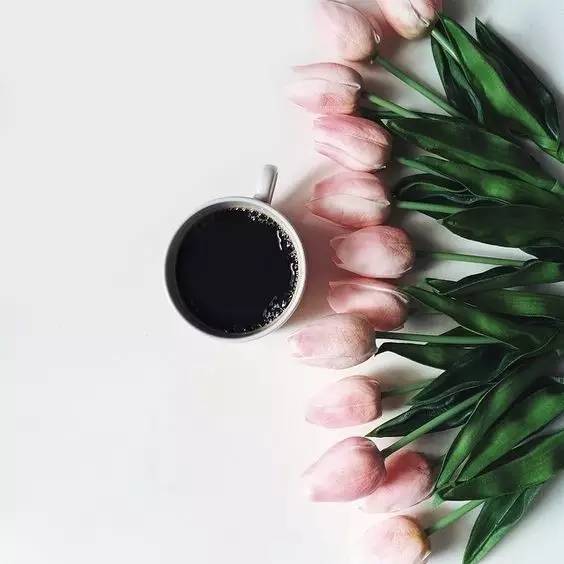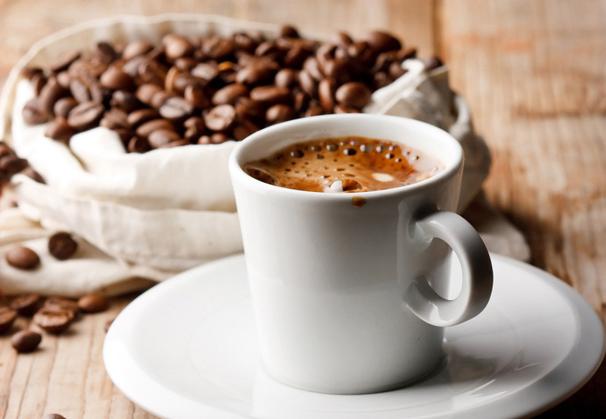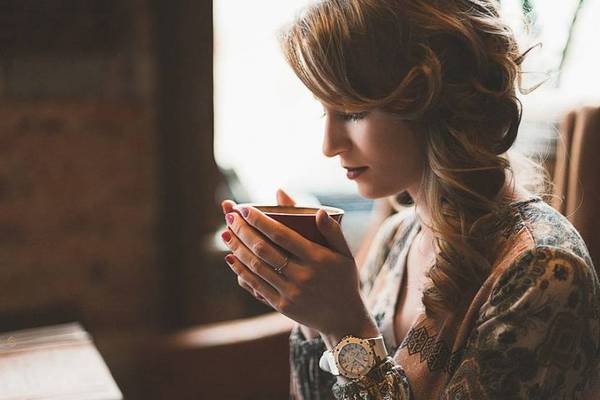Coffee roasting is a time-temperature dependent process.

Roasting is the last and most important step in the processing of coffee beans after being picked. Raw coffee beans cannot be directly used as drinking coffee. All coffee beans must be roasted before grinding and brewing. Unroasted coffee is often called "raw coffee". Compared with roasted coffee, raw coffee has a shelf life of up to one year. Raw coffee beans are small, dense and so hard that people who are not in the coffee industry may not recognize born coffee beans. Raw coffee has a grass-like taste, which is almost out of touch with the coffee beans we usually imagine in terms of appearance and flavor. It is the roasting process that produces the unique flavor and wonderful aroma of coffee.
Generally speaking, coffee roasting is a "time-temperature" interdependent process, in which physical changes and chemical reactions occur in raw coffee. In the initial stage of baking, the raw beans gradually turn yellow and the water is gradually discharged. When the temperature rises to a certain threshold, the coffee beans burst for the first time and the size of the coffee beans becomes larger. In the second stage of baking, with the rising temperature of beans, a series of complex chemical transformations begin to appear, and the size of coffee beans continues to increase and the color becomes darker. As the temperature continues to rise, aromatic oils form on the bean surface, resulting in a second burst. Many of the ingredients extracted from brewing coffee do not exist in raw coffee at all, but are produced during coffee roasting.
Finally, it is decided when to end the baking: the coffee beans go from the baking bin to the cooling chamber to cool, allowing the coffee beans to stop the chemical reaction.
Important Notice :
前街咖啡 FrontStreet Coffee has moved to new addredd:
FrontStreet Coffee Address: 315,Donghua East Road,GuangZhou
Tel:020 38364473
- Prev

Sumatra coffee was once the world's first coffee mandheling
Mantenin coffee Mantenin coffee is produced in Sumatra, Indonesia, Asia, otherwise known as Sumatra coffee. Her flavor is very rich, fragrant, bitter, mellow, with a little sweet. Most coffee lovers drink it as a single item, but it is also an indispensable variety for blending coffee. Before Blue Mountain was introduced to the world, mantining coffee was considered the best in the world.
- Next

A good cup of coffee is among those factors.
The raw bean quality of coffee, the roasting quality of coffee and the brewing quality of coffee are three main factors. So if you want to drink a good cup of coffee, you can't just focus on how to brew the coffee, cook it for a few seconds, stir it a few times, and be able to master the raw bean characteristics of the coffee, the roasting quality / characteristics of the coffee, and the duration of the coffee after baking. Baking quality of coffee beans: a. Roaster performance: stable
Related
- Beginners will see the "Coffee pull flower" guide!
- What is the difference between ice blog purified milk and ordinary milk coffee?
- Why is the Philippines the largest producer of crops in Liberia?
- For coffee extraction, should the fine powder be retained?
- How does extracted espresso fill pressed powder? How much strength does it take to press the powder?
- How to make jasmine cold extract coffee? Is the jasmine + latte good?
- Will this little toy really make the coffee taste better? How does Lily Drip affect coffee extraction?
- Will the action of slapping the filter cup also affect coffee extraction?
- What's the difference between powder-to-water ratio and powder-to-liquid ratio?
- What is the Ethiopian local species? What does it have to do with Heirloom native species?

